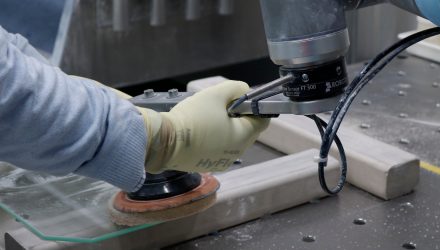Even collaborative robots can have safety problems, but only if you make a mistake. Here are 15 common mistakes that people make with cobot safety.
Safety around robots: you need to get it right. When safety procedures aren’t followed, people have been known to die.
Thankfully, collaborative robots have reduced a lot of the hazards involved with robots working alongside humans. However, they are not inherently safe in all situations. When you make mistakes, even cobots can be dangerous.
Here are 15 common mistakes that people make with cobot safety. Avoid these and you’ll be fine.
1. Assuming that cobots are inherently safe
Yes, cobots are a safe alternative to traditional industrial robots. They are designed to operate around humans with no need for additional precautions. However, this doesn’t mean that they are inherently safe. You need to assess them on a case-by-case basis.
Some people mistakenly assume that cobots are safe in all situations. As a result, they can end up performing dangerous actions with the robot without even realizing.
2. Not doing a risk assessment
The key to being safe with cobots is to do a good risk assessment. You need to properly assess all aspects of the task and judge its overall safety.
We have an eBook devoted to this: How to Perform a Risk Assessment for Collaborative Robots.
Unfortunately, some people think that they can bypass the risk assessment when it comes to cobots. This is not a good idea.
3. Over-simplifying the risk assessment
One of the most common pitfalls we see with cobots is to over-simplify the risk assessment. Some people roughly outline the task but don’t go into enough detail to identify the potential safety issues.
This is not just a problem with cobots. If you treat “filling out a form” as a risk assessment, it can be an issue in any situation.
4. Over-complicating the risk assessment
The other common pitfall that we see is the exact opposite: over-complicating the risk assessment. Some people try to specify every tiny detail of the task and end up not being able to “see the wood for the trees.”
Include only as much detail as necessary but not too much.
5. Only considering risk from one activity
Robot applications include many different steps. All of these can affect the safety of the overall task. It can be easy to forget about the potential risks caused when, for example, the robot is moving between tasks. You need consider risks in all activities the robot will perform and movements it will make.
6. Only considering expected operation
Safety problems often occur when something unexpected happens. For example, when a human worker drops a tool into the safeguarded space of the robot and reaches inside to pick it up. Nobody expected this to happen, but suddenly the person is at risk.
